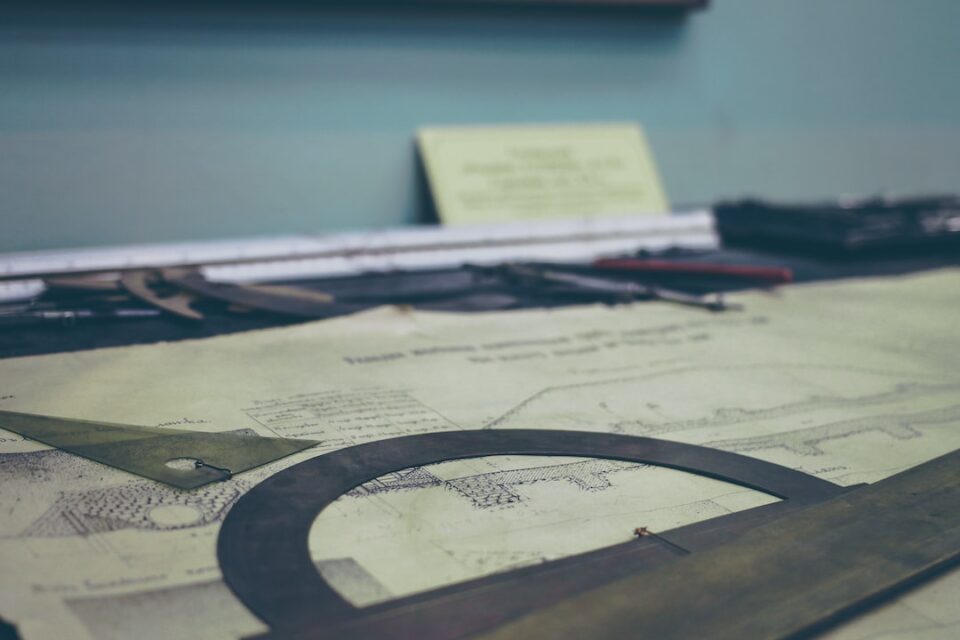How 3D Printing is Revolutionizing Manufacturing Engineering
The world of manufacturing engineering has witnessed groundbreaking advancements in recent years, and one technology that has emerged as a game-changer is 3D printing. Also known as additive manufacturing, this innovative process allows engineers to create complex parts and prototypes with utmost precision and efficiency. Unlike traditional manufacturing techniques that involve subtracting materials from a solid block, 3D printing builds up objects layer by layer, resulting in highly detailed and customized products. In this blog post, we will explore the various ways 3D printing is revolutionizing the field of manufacturing engineering.
First and foremost, 3D printing has dramatically accelerated the design and prototyping stages of product development. In the past, creating a prototype required extensive time and resources, often involving the outsourcing of manufacturing to specialized facilities. With 3D printing, engineers can now produce prototypes in-house, reducing the turnaround time from weeks to days or even hours. This rapid prototyping capability translates into faster product development cycles, allowing engineers to iterate and refine their designs more efficiently.
Moreover, 3D printing enables engineers to create highly complex shapes and intricate geometries that were previously impossible to manufacture. Traditional manufacturing techniques often faced limitations when it came to producing intricate designs due to inherent constraints. With 3D printing, these limitations are lifted as objects are built layer by layer, allowing for greater design freedom. This newfound flexibility has unlocked a realm of design possibilities, enabling manufacturers to create products with optimized performance, lighter weight, and reduced material waste.
Another significant advantage of 3D printing is its ability to manufacture parts on-demand, eliminating the need for large-scale production and extensive inventory management. This shift from mass production to on-demand production not only reduces costs associated with warehousing and inventory, but it also allows for greater customization. With 3D printing, engineers can easily modify designs or create tailor-made products for individual customers, resulting in a more personalized and customer-centric manufacturing approach.
In addition to customization, 3D printing also brings about advancements in material selection. Traditional manufacturing techniques often limited engineers to a predefined set of materials that were compatible with machining processes. With 3D printing, engineers can now experiment with a wide range of materials, including metals, polymers, ceramics, and even biomaterials. This versatility in material selection has led to the development of new and innovative products that were previously unattainable, such as lightweight yet strong aerospace components or biocompatible medical implants.
Furthermore, 3D printing has the potential to reduce the environmental impact of manufacturing processes. Traditional manufacturing techniques often generate a significant amount of waste material, as large portions of the raw material are discarded during the subtractive manufacturing process. 3D printing, on the other hand, is an additive process where material is only used where it is required, minimizing waste. Additionally, 3D printing can enable the use of recycled materials and reduce transportation costs associated with global supply chains, further reducing the carbon footprint of manufacturing.
Despite its numerous advantages, 3D printing still faces challenges in scaling up for mass production. While the technology has proven exceptional for prototyping and small-scale production, the speed and cost-effectiveness of 3D printing become less competitive when it comes to manufacturing large quantities. However, ongoing research and development efforts are continuously pushing the boundaries of 3D printing, addressing these scalability limitations and paving the way for its adoption in mass manufacturing.
In conclusion, 3D printing has undeniably revolutionized the field of manufacturing engineering. From rapid prototyping to customization, design freedom to material selection, and environmental sustainability, the impact of 3D printing is reshaping traditional manufacturing processes. As the technology matures and addresses scalability challenges, we can expect to see even greater transformation in the manufacturing industry. With its ability to create complex parts with precision, reduce time and costs, and offer customization, 3D printing has become an invaluable tool that is driving innovation in manufacturing engineering.


